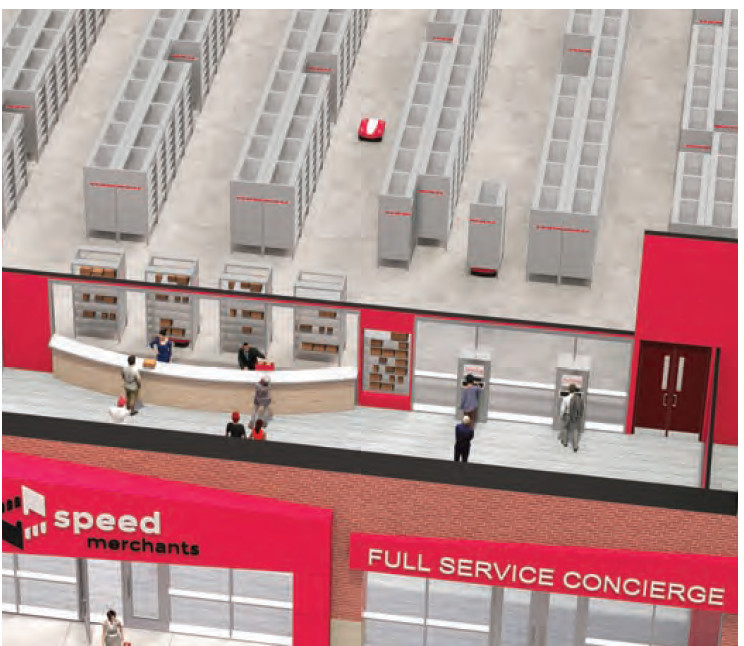Social and technological changes will certainly affect the way products are stored and distributed in the future
Changes in society and technology will certainly affect how products are stored and distributed in the future. Based on these changes, key features of the future supply chain will include:
Storing products closer to consumers has many of the same conclusions: more people living in cities, ordering products online, which will increase support for the same day delivery. At the same time, the city will respond to increasing congestion and air pollution.
Small self-driving vehicles and local delivery robots (such as Starships) and possible drones may be part of the solution. However, these systems are typically used for short-haul transportation, which would require distribution centers to be located in cities, close to a large consumer base.
However, this presents its own set of challenges. In many warehouses, the number of SKUs has reached thousands or tens of thousands and may grow to more than 100,000. Due to the inherent space constraints of most urban environments, how do urban distribution centers meet the market needs they are targeting?

1) Customized production
From the example of the new Adidas factory, a product customized for a consumer does not require warehouse storage. These items will be sent directly to the consumer from the manufacturing site at the time of production.
While this minimizes the need for storage space, it requires fast transfer and sorting of the network and may require some ultra-short storage to synchronize product flows with user plans.
By 2030, custom production will likely be limited to luxury goods, spare parts or fashion products. The basic necessities will still produce inventories - perhaps smaller than the current ones, but enough to require some form of warehousing.
2) omnichannel support
Supporting omni-channel retailing requires consumers to offer options beyond traditional delivery. By enabling options such as in-store or roadside pickup, retailers can give consumers more control over how they receive products and eliminate some of the deficiencies associated with home delivery, such as product safety and returns, while reducing the cost of the day. Transfer the cost of the "last mile" to the consumer to a minimum.
These different impacts are addressed through the development of urban distribution centers that bring distribution closer to consumers, support custom production, and deliver fast, efficient delivery based on consumer preferences.
Reprinted from the network


